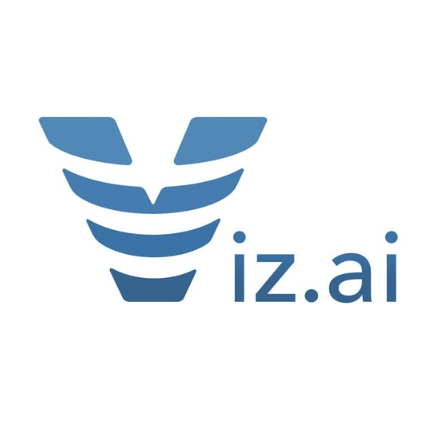
It’s easy to confuse amortization and depreciation. So what’s the difference? Amortization applies to intangible assets, while depreciation applies to tangible assets. Amortization has two primary meanings in accounting:
- Debt repayment. A series of fixed payments that reduces or pays back a loan over time.
- Intangible asset write-off. The process of gradually writing off the cost of an intangible asset over its useful life.
For startups, both definitions are relevant and can significantly impact your financial planning and reporting.
Loan amortization for startups
Many startups rely on loans for initial funding or to fuel growth, so how a loan is amortized affects your cash flow. It’s important to remember that every loan is not amortized the same way. For example, some venture debt agreements may have interest-only periods before amortization begins, which is an important distinction for startups considering venture financing. Generally speaking, most loans have the following characteristics:
- Fixed payment structure. Amortized loans have a set repayment schedule, making budgeting more predictable.
- Interest vs. principal. Early payments primarily cover interest, with later payments reducing more of the principal. Since interest is tax-deductible, you’ll be able to deduct more at the beginning of the loan than the end, which affects your tax bill during the term of the loan.
- Cash flow impact. Regular loan payments affect your available cash, influencing other financial decisions.
Here’s an example of a $500,000 loan at 7% interest that follows a standard amortization schedule. We’ll just look at the first and last three payments, to see the difference between the amount of principal and interest paid.
Amortization Schedule Breakdown (First and Last Three Payments)
| Payment # | Principal Paid | Interest Paid | Total Payment | Remaining Balance |
| 1 | $6,985.40 | $2,915.67 | $9,901.07 | $493,014.60 |
| 2 | $7,024.90 | $2,876.17 | $9,901.07 | $485,989.71 |
| 3 | $7,064.60 | $2,836.47 | $9,901.07 | $478,925.11 |
| … | … | … | … | … |
| 58 | $9,758.09 | $142.98 | $9,901.07 | $19,598.44 |
| 59 | $9,823.50 | $77.57 | $9,901.07 | $9,774.94 |
| 60 | $9,901.07 | $0.00 | $9,901.07 | $0.00 |
As you can see, in the early stages the majority of the payment covers interest. As the balance decreases, you’re paying less interest and more of the payment goes to repaying your principal. Since interest payments are tax-deductible, these declining amounts of interest paid will affect your startup’s cash flow.
Amortizing intangible assets
For startups, intangible assets like patents, software, and R&D costs are often significant. Amortization of these assets impacts your financial statements:
- Expense recognition. Instead of taking a big expense all at once, amortization spreads the cost of intangible assets over their useful life, making your financials look smoother and affecting your bottom line.
- Tax implications. The Tax Cuts and Jobs Act requires companies to amortize R&D credits over five years for domestic R&D and 15 years for foreign R&D. This applies to costs that are capitalized under Section 174 and it affects your taxable income, but not necessarily your financial statements.
For example, if your startup spends $100,000 developing proprietary software, you might amortize that cost over five years, recognizing $20,000 in expenses annually.
Strategies for managing amortization
- Optimize loan terms. When seeking financing, negotiate favorable amortization schedules that align with your cash flow projections.
- Track intangible assets. Implement tracking systems to track and manage the amortization of your intangible assets, to make sure your financial reporting is accurate.
- Plan for R&D amortization. If your startup invests heavily in R&D, factor in the extended amortization period required by recent tax laws when planning your finances.
- Leverage technology. Use accounting software that can automate amortization calculations and provide clear visibility into your financial position.
- Review regularly. Periodically review your amortization schedules and adjust your financial strategies as needed to optimize cash flow and tax positions.
Amortization affects your startup’s bottom line
Whether you’re dealing with loan repayments or accounting for intangible assets, a clear amortization strategy can help you better manage your cash flow, plan for future expenses, and present a more accurate picture of your company’s financial position to your investors and stakeholders. Amortization may seem like an abstract concept, but its impact on your startup’s bottom line is very real.








